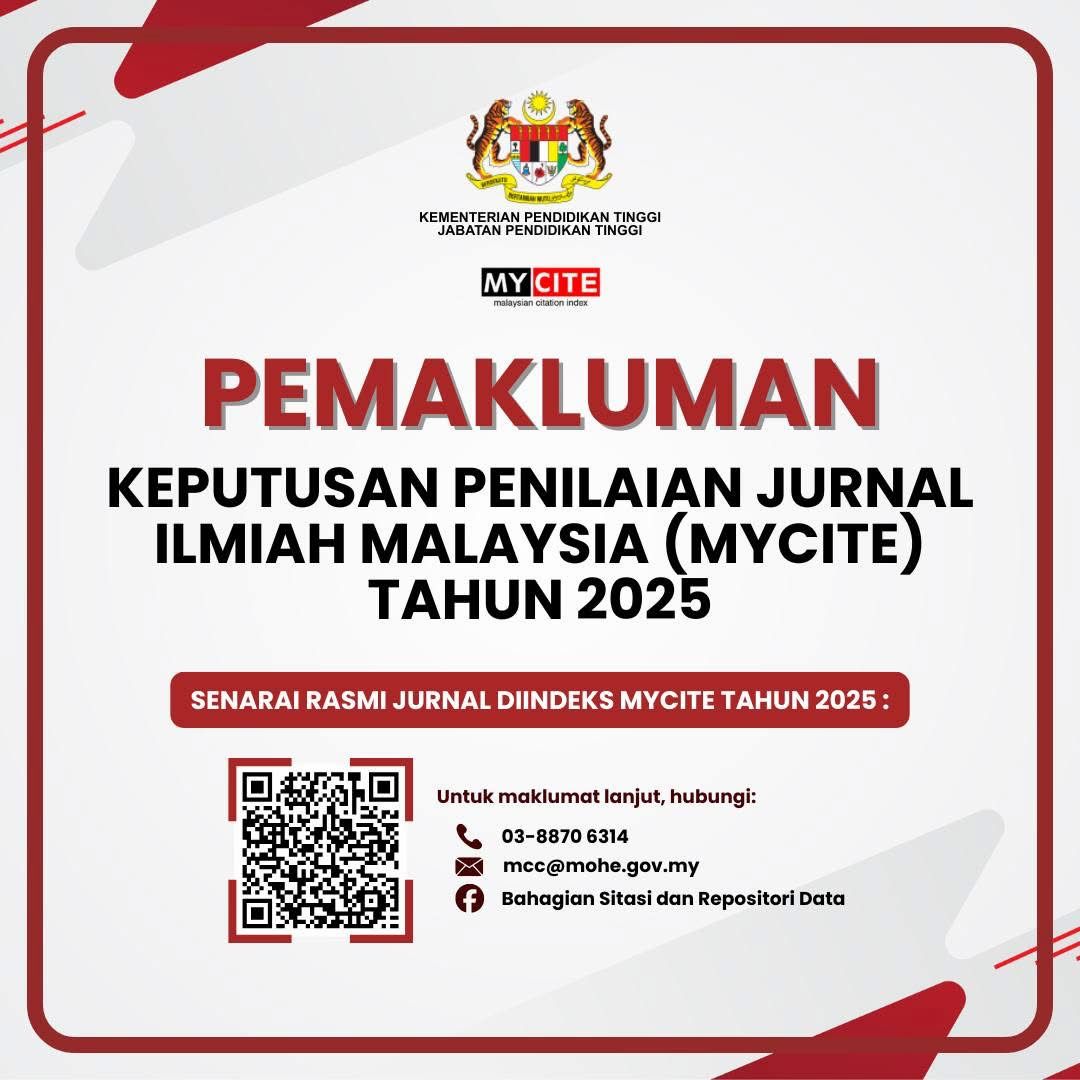Collaborative Teaching
DOI:
https://doi.org/10.24191/idealogy.v5i2.238Keywords:
Collaborative Teaching, Visual ArtAbstract
Collaborative teaching methods is related with Pedagogy theory in academician achievement as team members (Armstrong (1977); cited in David Nunan (1992)). The definition of collaborative teaching approach is known as team teaching in classrooms practices, with a group of creative thinkers to brainstorm about ideas or other creative problems. This practice should be done continuously to be effective. However, there are some challenges that educator will face when practicing collaborative teaching in classroom. The challenges include clash of teaching hours, misconducting time management for students, percentage of rubric assessment, and confusion in terms of differing opinion from educators. Collaborative teaching also known as team teaching is an approach to educate students with two or more teachers in the classroom for a same subject (Robinson et al., 1995).
References
David Nunan (1992), Collaborative Language Learning and Teaching. Cambridge University Press
Katherine D. Perez (2012), The Co-Teaching Book of Lists. John Wiley & Sons
Matthew J. Jennings (2012) Teaching for Results: Best Practices in Integrating Co Teaching and Differentiated Instruction. R&L Education
Nunan, David (1991): Language Teaching Methodology. Hemel Hempstead: Prentice Hall.
Richards, C. (2005): “The design of effective ICT-supported learning activities: exemplary models, changing requirements, and new possibilities”. Language Learning and Technology 9(1): 60-79
Robinson, B., & Schaible, R. M. (1995). Collaborative teaching: Reaping the benefits. College Teaching, 43(2), 57-59.
Tomei & Lawrence A. (2012), Learning Tools and Teaching Approaches through ICT Advancements. IGI Global
Downloads
Published
Issue
Section
License
UiTM Press (the Publisher) has agreed to publish the undersigned author’s paper in Idealogy Journal. The agreement is contingent upon the fulfilment of a number of requirements listed below.
1. The undersigned author warrants that the paper entitled below is original, that it is not in any way libellous or unlawful in Malaysia, that it does not infringe any copyright or other proprietary right. The undersigned hereby represents and warrants that he/she is the author of the paper, except for material that is clearly identified as to its original source, with permission notices from the copyright owners where required. The undersigned represents that he/she has the power and authority to sign and execute this agreement.
2. The undersigned author warrants that the paper entitled below has not been published elsewhere, and also it will not be submitted anywhere else for publication prior to acceptance/rejection by this Journal.
3. By submitting the paper entitled below, the undersigned author agrees to transfer the rights to publish and distribute the paper in an international e-journal (entitled above) to Publisher.
4. The undersigned author agrees to make a reasonable effort to conform to Publisher's submission guidelines and to liaise with the editor to ensure that the requirements of these guidelines are met to a reasonable degree.
5. The corresponding author signs for and accepts responsibility for releasing this material on behalf of any and all coauthors. This agreement is to be signed by at least one of the authors who has obtained the assent of the co-author(s) where applicable. After submission of this agreement signed by the corresponding author, changes of authorship or in the order of the authors listed will not be accepted.



